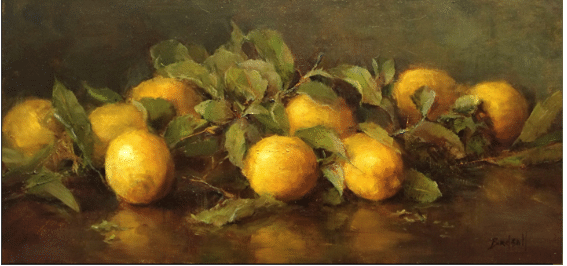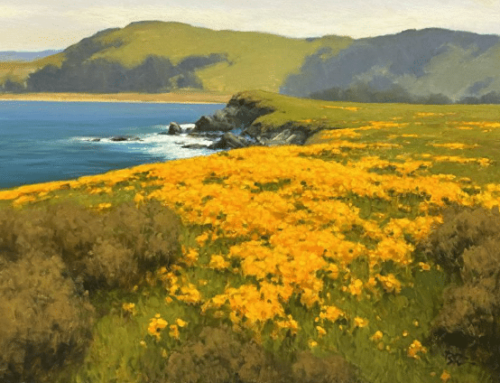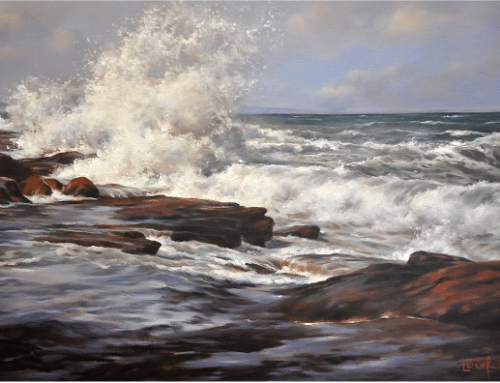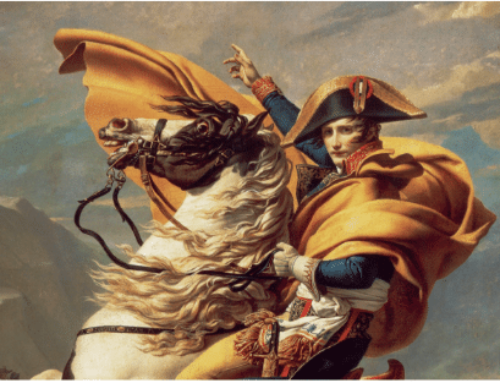“The only people for me are the mad ones, the ones who are mad to live, mad to talk, mad to be saved, desirous of everything at the same time, the ones who never yawn or say a commonplace thing, but burn, burn, burn like fabulous yellow roman candles exploding like spiders across the stars and in the middle you see the blue centerlight pop and everybody goes “Awww!”
– Jack Kerouac
“The Beautiful is everywhere,” said French modernist Fernand Leger, “perhaps more in the arrangement of the pots and pans on the white walls of your kitchen than in your 18th century living room or the official museums.” -Fernand Leger
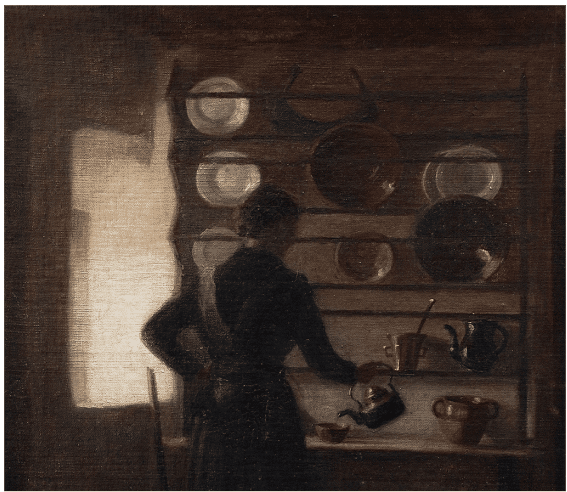
Kitchen Wall, unknown Dutch artist, c. 1900
French cubist painter Fernand Leger (1881-1955) inspiringly declared that artists are nothing short of heroic, finding a way to conjure meaning from “the purest and most precise relationships, a few colors, a few lines, some white spaces devoid of depths.” For him, the challenge was the high-wire act between representation and abstraction. It’s an extreme version of the basic task that all painters face: to balance on the thin line between the world we all see and the many worlds we carry inside – without losing the connection with reality.
What drives a person to take to that highwire? Or for that matter, to forget all good sense and devote themselves to the smearing of color across a cheap piece of cloth? What makes someone thrill over a particular shade of blue or green and lose track of time over hand-drawn shapes and edges like some obsessive monk? I don’t know, but sign me up.
Artists are “epic figures,” said Leger, “dominated by that same desire for complete and absolute freedom and perfection which inspires saints, heroes, and madmen.”
In celebration of painting, painters, and the mad saints and heroes in all of us, here is the rest of Leger’s passage on the qualities of the artist:
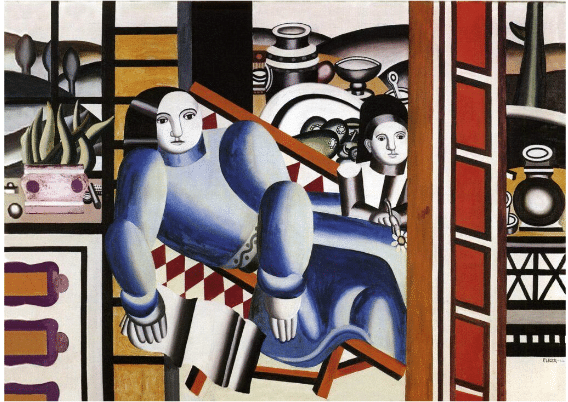
Fernand Leger, Mother and Child, 1922
“To be free and yet not to lose touch with reality, that is the drama of that epic figure who is variously called inventor, artist, or poet.”
“Days and nights, dark or brightly lit, seated at some garish bar; renewed visions of forms and objects bathed in artificial light.”
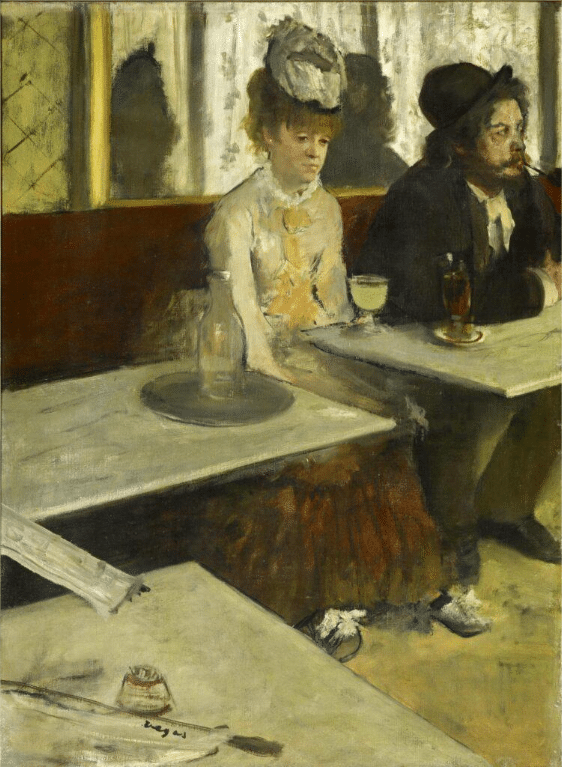
Edgar Degas, In a Cafe
“Trees cease to be trees, a shadow cuts across the hand placed on the counter, an eye deformed by the light, the changing silhouettes of the passers-by.”
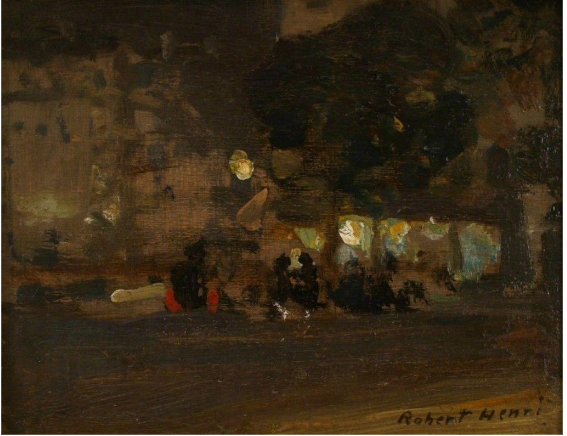
Robert Henri, Cafe at Night, c. 1910
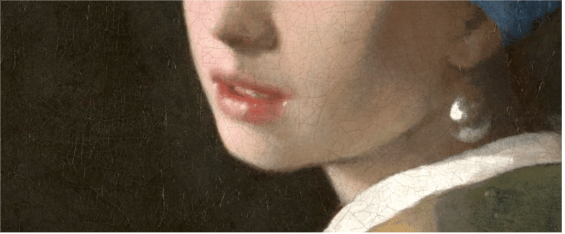
“The life of fragments: a red fingernail, an eye, a mouth.”
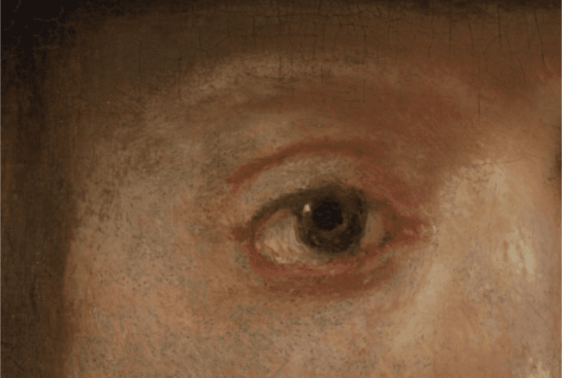
Rembrandt, detail from The Night Watch
“The elastic effect produced by complementary colors which transform objects into some other reality.”
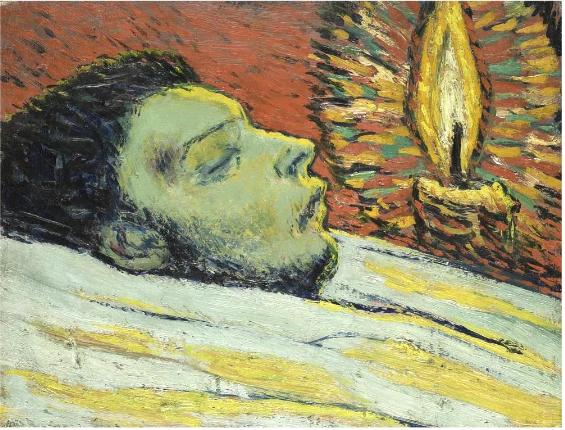
Pablo Picasso, The Death of Casagemas, 1901, 1932
“He fills himself with all of this, drinks in the whole of this vital instantaneity which cuts through him in every direction. He is a sponge: transparency, acuteness, new realism.”
From The Writings of Fernand Leger, as republished in Dover Publications’ indispensable Painters on Painting Selected and Edited with an introduction by Eric Protter.
Each artist must stretch their own wire, find their own balance, and walk – or dance – their own “perilous” line. That’s the excitement and the challenge. May you, dear reader, find there your own due measure of Leger’s “complete and absolute freedom.”
It’s not just about painting from real objects and real light, though those are important; it’s also about pleasing the eye and crafting an exceptional and compelling work of art. It starts with learning to control the light, not only to create the illusion of volume, but also to create a unified feeling and mood.
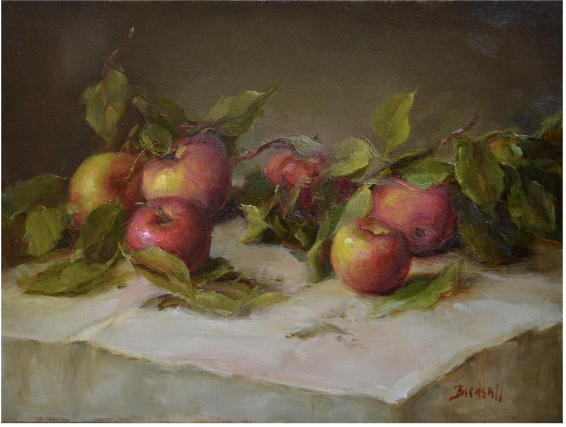
Stephanie Birdsall, “Clustered,” oil, 9 x 12 in.
Painter Stephanie Birdsall, a master of the expressive still life, sees the painting process as a wholistic moment. In painting from life, she says, ideally the artist interacts with the subject with a sort of intuitive sympathy.
“When you paint from life,” she says, “the subject, the environment, and you interact as one together.”
Being in that moment, balancing on that wire – that’s what it’s all about.
>Stephanie Birdsall teaches painting from life as a way of making all of your paintings more dramatic, more lifelike and compelling. Following along in her video “The Natural Still Life: Lemons and Leaves.”

